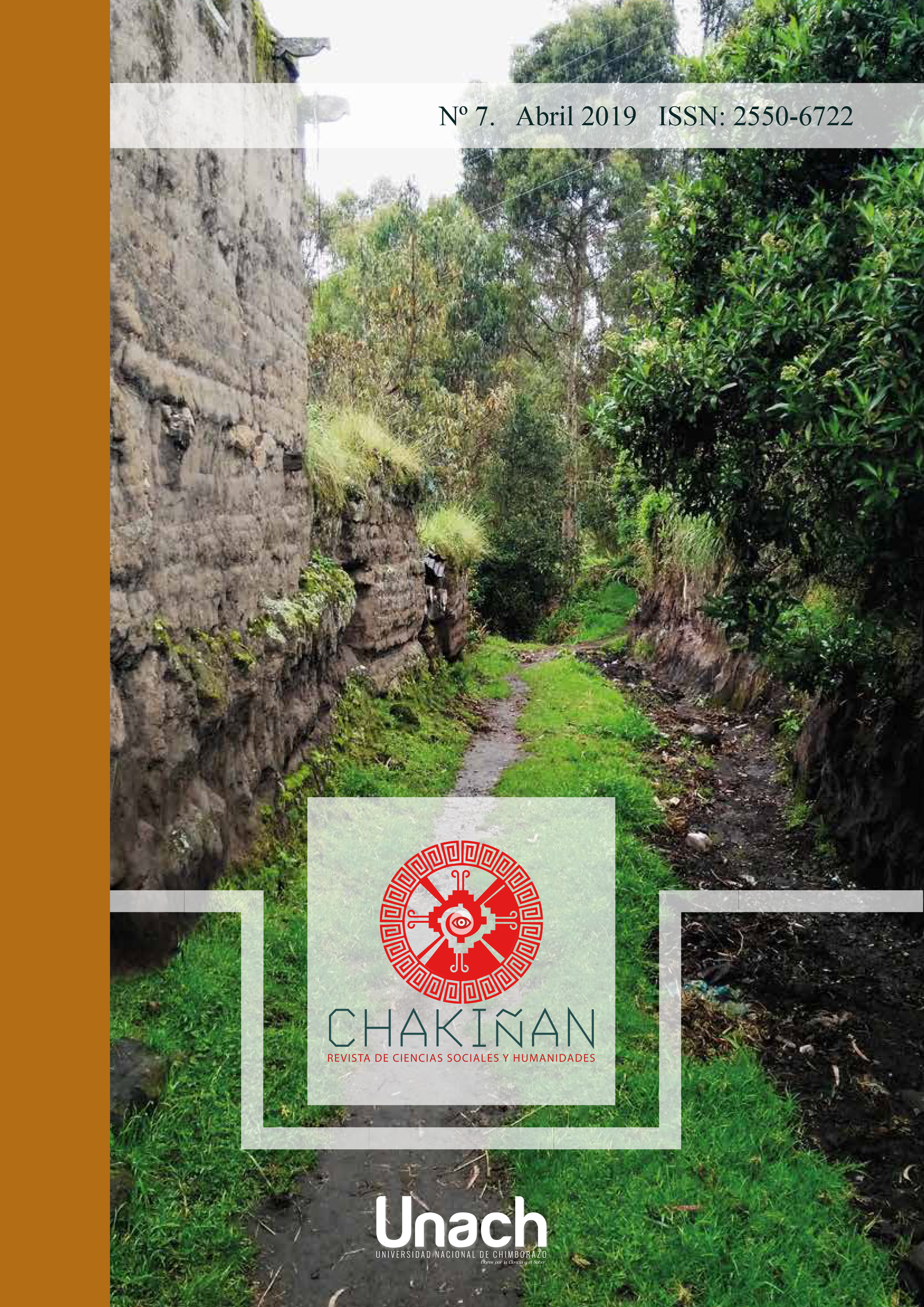¿La Arqueología es Antropología? Tópicos para la caracterización de una ciencia social
Main Article Content
Abstract
El prestigio y vigor (que algún día lo tuvo) de las Ciencias Sociales ha ido decayendo constantemente. Son múltiples las razones que han generado este estado, desde aspectos educativos, económicos, o simplemente funcionalidad, pues se tiene la visión de incentivar el desarrollo a partir del adelanto tecnológico, informático, relegando de ésta manera el carácter social y colectivo inherente de las personas que compartimos un mismo espacio y tiempo. De esta forma, desde la Arqueología se generan y cuestionan conceptos que matizan a esta ciencia desde una perspectiva antropológica. Por ello, el presente artículo tiene por objetivo exponer determinados aspectos sobre la ciencia arqueológica y el empleo de la analogía como potencial medio para inferir un acontecimiento, considerando que para la arqueología se convierte en una tarea esencial el estudio disciplinado y sistemático de los vestigios, de las actividades de los hombres del pasado, entender esas etapas de la humanidad bajo una mirada desde la contemporaneidad. El arqueólogo como historiador tendrá que dotarse de suficientes argumentos conceptuales y técnicos para inferir un acontecimiento, con el afán, por supuesto, de hacer historia.
Downloads
Article Details
Conference Proceedings Volume
Section
Responsibility of the authors:
The authors are responsible for the ideas and data collected in the manuscripts. They are additionally accountable for the fidelity of the information, the correction of the citations, the right to publish any material included in the text, and the presentation of the manuscript in the format required by the Journal (WORD template). A manuscript forwarded to CHAKIÑAN must not have been published before, nor must it have been submitted to another means of publication.
Copyright:
Published articles do not necessarily compromise the viewpoint of the CHAKIÑAN JOURNAL. The Journal is aligned to the policy of the licence de Creative Commons Reconocimiento-No comercial 4.0 Internacional (CC BY-NC 4.0). Each author retains the right to the paper published in the Chakiñan journal.
Privacy statement
The personal data and email addresses entered in this magazine will be used exclusively for the purposes stated by the publication and will not be available for any other purpose or person.
How to Cite
Share
References
- Bennett, W. (1953). Area Archaeology. American Anthropologist, 55(1), 5-16.
- Binford, Lewis R. (1962). Archaeology is Anthropology. American Antiquity, 28(2), 217-225.
- Botiva, A. (1990). Teoría y práctica de la arqueología de rescate. Boletín de Arqueología, Fundación de Investigaciones Arqueológicas, 1, 41-54.
- Canady, M. (2009). The Bordes-Binford debate: transatlantic interpretative traditions in Paleolithic archaeology (Tesis doctoral), Universidad de Texas, Texas.
- Earle, T., Preucel, R., Brumfiel, E., Carr, C., Limp, W.F., Chippindale, C. & Zeitlin, R. (1987). Processual Archaelogy and the radical critique. Current anthropology, 28(4), 501-538.
- Earle, T. (2000). Archaelogy, property, and prehistory. Annual review of anthropology, 29, 39-60.
- Emberling, G. (1997). Ethnicity in complex societies: archaeological perspectives. Journal of archaeological research, 5(4).
- Flannery, K. (2006). On the resilience of anthropological archaeology. Annual Review of Anthropology, 35, 1-13.
- Gamble, C. (2002). Arqueología Básica. España: AM Grafic, Polígono Industrial La Florida.
- Gillespie, S., Joyce, R. & Nichols, D. (2003). Archaeology is anthropology, Archeological Papers of the American Anthropological Association, 13 (1), 155-170.
- Harris, M. (2001). Antropología Cultural. Madrid: Alianza Editorial.
- Knapp, B. (1988). Ideology, Archaeology, and polity. Man, New Series, 23(1), 133-163.
- Kottad, P. (2011). Antropología Cultural. México: McGraw Hill.
- Llobera, J. (1975). La Antropología como ciencia. Barcelona: Editorial Anagrama.
- Llobera, J. (1990). La identidad de la Antropología. Barcelona: Editorial Anagrama.
- London, G. (2000). Ethnoarchaeology and interpretations on the past. Near Eastern Archaeology, 63(1), 2-8.
- Loulanski, T. (2006). Revisin the concept for cultural heritage. International Journal of cultural property.
- Manzanilla, L. y Barba, L. (1994). La Arqueología: una visión científica del pasado del hombre. México: Fondo de Cultura Económica, S.A. de C.V.
- Marzal, M. (1993). Historia de la antropología indigenista: México y Perú. España: Editorial Anthropos.
- Miller, D., Adams, C., Mondlane, E., Derricourt, R., Egloff, B., Green, R…& Ward, G. (1980). Archeology and Development. Current Anthropology, 21(6), 709-726.
- Perinetti, F. (1975). Introducción a la arqueología. Barcelona: Labor.
- Politis, G. (2002). Acerca de la Etnoarqueología en América del sur. Horizontes Antropológicos, 8, 61-91.
- Rathje, W. & Murphy, C. (2001). Rubish! The Archaeology of Garbage. Tucson: University of Arizona Press.
- Renfrew, C. & Bahn, P. (2007). Arqueología: teoría, métodos y práctica. (Tercera edición). España: Ediciones Akal.
- Simon, A. & Burton, J. (1998). Anthropological interpretations from archaeological ceramic studies: an introduction. Journal of anthropolical research, 54(4).
- Spaulding, A. (1987). Distinguished lecture: archaeology and anthropology. Anthropological Association.
- Strauss, C. L. (1958). Antropología Estructural. Barcelona: Paidós.
- Watson, P. (1995). Archaeology, anthropology, and the culture concept. American Anthropologist, 97(4), 683-694.
- Whallon, R. (2000). Anthropological archaeology in theory and practice. Revista de Antropología, 78, 75-90.
- Williams, E. (2005). Etnoarqueología: El contexto dinámico de la cultura material a través del tiempo. Zamora, Michoacán: El Colegio de Michoacán.
- Willey, G. & Phillips, P. (1958). Method and Theory in American Archeology. Chicago: University of Chicago Press.






